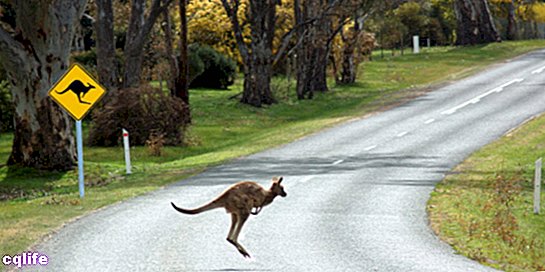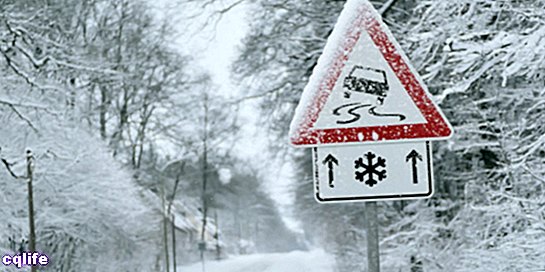We explain what risk is, the types that exist in various fields and how to prevent them. Also, the difference between risk and danger.

What is risk?
We call risk the proximity or possibility of damage or harm and its possible consequences. This damage can affect a person or group and is the result of an event or an action. Risks occur both in domestic, labor, social, on public roads, among others. For example: A young man put the lives of passersby at risk by driving recklessly on the avenue.
Risks are classified according to their intensity (high, moderate or low) and the frequency with which they can occur. For example: It is forbidden to travel through this area, as there is a high risk of collapse. In many cases, risks are anticipated and evaluated to reduce the likelihood of their occurrence or to mitigate their consequences. That is why it is necessary to take all the necessary precautions and measures to prevent risks.
What types of risks are there?

There are different types of risks, some of them are:
- Natural hazards. They imply the probability that a natural fact or event will occur in a given physical space, such as heavy snowfall, heat or cold waves, hurricanes, electrical storms, avalanches, droughts, floods, forest fires, among others. These events often cause both direct and indirect damage. Direct damages are those that affect individuals, the cattle raising, to the farming, to buildings, to goods, among others. Indirect damages can be, for example, the reduction of the sightseeing in the area due to damage.
- Biological risks. They imply the probability that the health of people or others animals is affected by the presence of organisms such as endoparasites, virus, bacteria, spores, cell cultures, mushrooms, among others. The damage caused by these agents can be parasitic, infectious or reflected in other ways, such as allergies. The transmission of these organisms occurs through animals, certain instruments or between people.
- Economic risks. They imply the vulnerability and uncertainty that occur when large investments are made and the possibilities that the economic situation will alter or differ from what is stipulated and affect said investments. The risks can be diverse, be it due to public and business policies, the appearance of other competitors, changes in consumer purchases, among others. To reduce this type of risk, the investment in the short term because the sooner the benefit is realized, the less chance that risks will affect earnings.
- Financial risks. They imply the vulnerability presented by a certain business not being able to cover their financial responsibilities. These risks are closely linked to the economic ones.
- Occupational hazards. They imply the probability that individuals will be injured by work. The damages can be: psychosocial (usually due to bad work environments or excessive workload) or physical, which are caused by poor working conditions, such as poor lighting, temperatures very low or very high environment, annoying noises, among others.
- Chemical hazards. They imply the probability of an organism or the environment from being damaged by being exposed to chemical agents, such as arsenic, cyanide, ethanol, uranium, calcium chloride, carbon monoxide, among many others. The damage caused by handling or contact with chemical agents varies depending on the agent, there are more or less dangerous agents that can be flammable, corrosive, radioactive, irritating or toxic.
- Health risks. They imply the probability that a certain event affects the health of individuals or groups. This event can have a natural cause, such as a pandemic, or be caused by humans, such as a gas leak in a factory.
Risks prevention
In many environments, such as work or economic, work is done to mitigate the risks that actions or decisions may have. What is sought is to propose ways to reduce all the damages that may occur in the future, which implies knowing and anticipating the consequences of the actions. For this, the risks are analyzed and measures are taken based on the probability of the incident occurring.
In work environments (such as factories, industries or offices) the aim is to take care of the integrity of the employees, so the dangerousness of the actions that are carried out to reduce their impact must be recognized. For this, control, prevention and awareness measures are taken, which must be complied with by all employees. These include: respecting schedules, the use of adequate equipment, proper sanitation of the physical space, the correct and prudent use of machinery, among many others.
Difference between risk and danger
The terms "risk" and "danger" are related and are often used as synonymsHowever, there is a fundamental difference between them.
The danger is any event or source that has the potential to cause harm, on the other hand, the risk is the probability that this event will occur and its possible consequences. That is, not every dangerous situation is in itself risky. Many actions are dangerous, but the risks that they cause harm can be mitigated or reduced.
For example: Within a turbine company you work with a chemical substance which is dangerous if it comes into contact with the skin, but the risk of causing damage to workers it is low since they use the appropriate equipment for the manipulation of this chemical agent.
